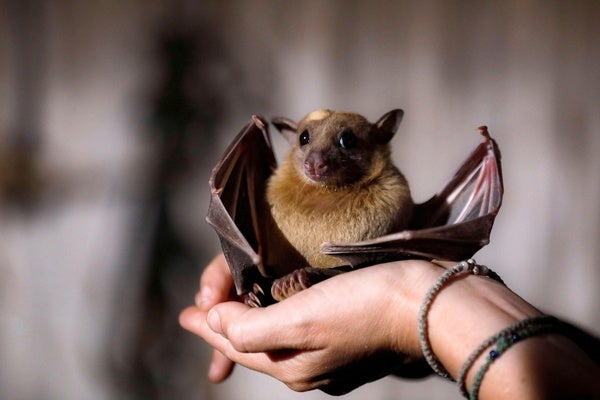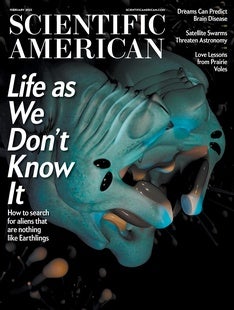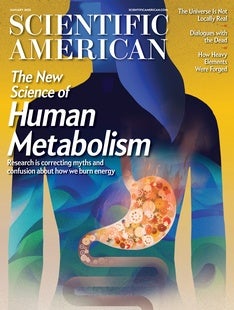 |
| February 07, 2023 |
Humans cannot communicate directly with the natural world—our bodies are unable to detect or reproduce all of the signals that make up animal "language," from a bat's ultrasonic squeaks to a honeybee's vibrating movements. But technology can. Researchers are using portable sensors to continuously observe how animals produce these signs and artificial intelligence to figure out what they mean—and then using computers and robots to "talk" back. Read more in this week's lead story! |
| |
 |
| |
| |
| |
| |
| |
| |
| |
| Artificial Intelligence Coming Soon to Your Podcast Feed: Science, Quickly A new era in Scientific American audio history is about to drop starting next week—get ready for a science variety show guaranteed to quench your curiosity in under 10 minutes. |  | By Jeffery DelViscio,Tulika Bose | 04:10 | | | |
| QUOTE OF THE DAY
 "From the time the ancient Sumerians started making sausage around 4,000 years ago, the process has been the province of artisans dedicated to the craft of preserving meat so it remained safe to eat for as long as possible. Yet even traditional methods can stand to be improved on from time to time. [A German sausage-maker] has retained ancient customs such as the clay chambers in which Ahle sausages ripen while also fine-tuning the conditions under which the meats are cured (such as temperature and moisture level) via AI algorithms." Willie Jones, IEEE Spectrum | |
FROM THE ARCHIVE
 | | | |
LATEST ISSUES
 |
| |
| Questions? Comments?  | |
| Download the Scientific American App |
| |
| |


















